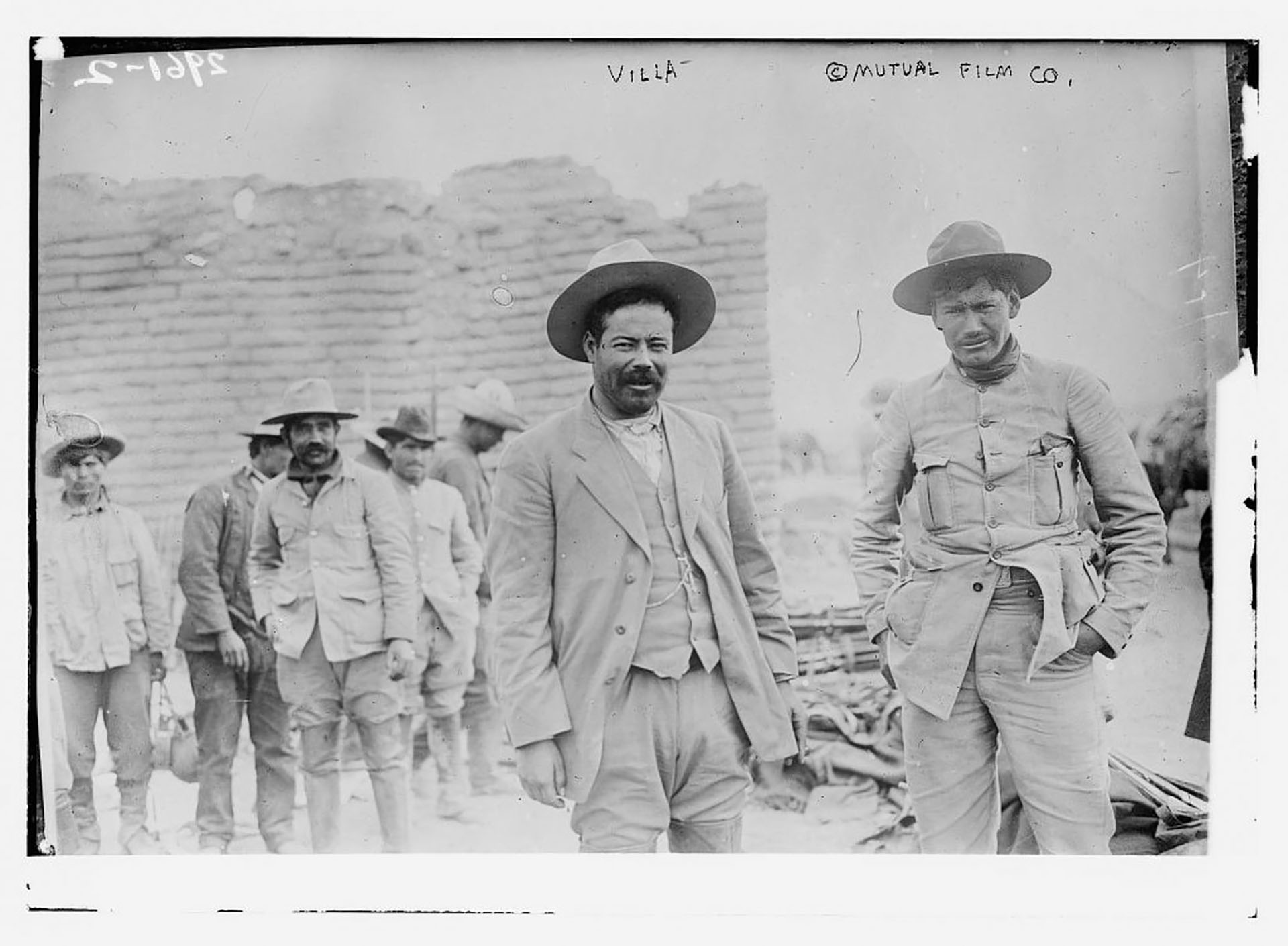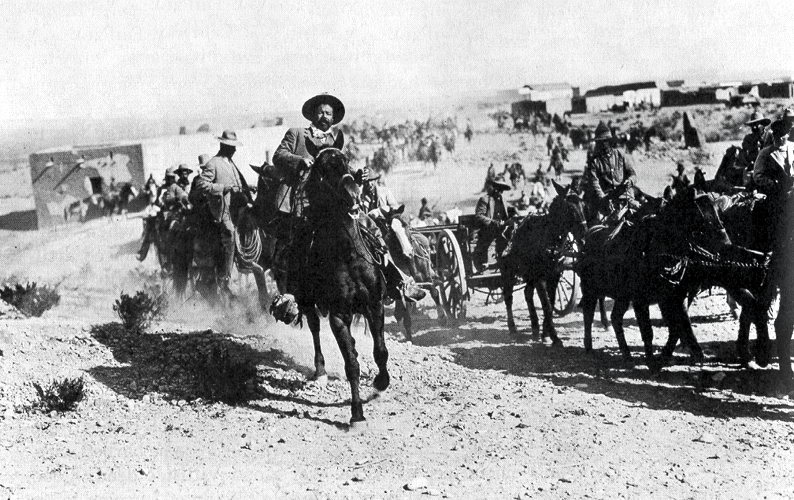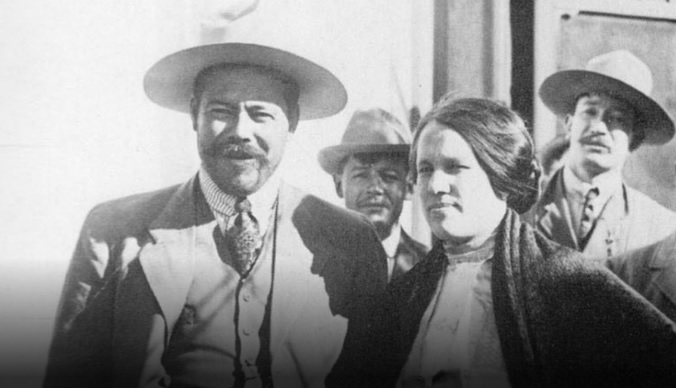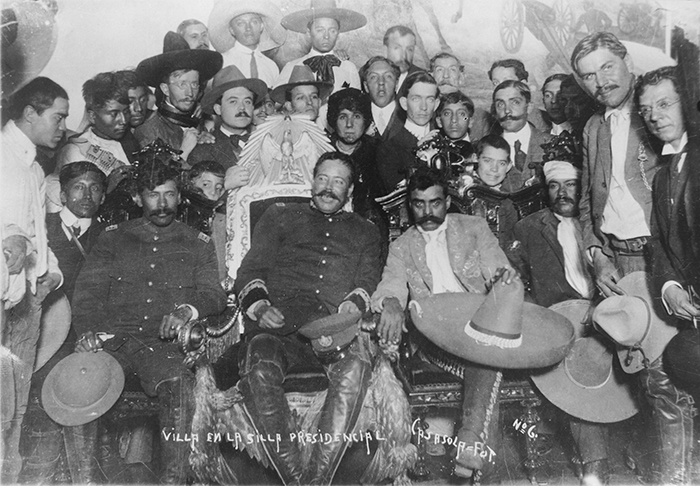:quality(85)/cloudfront-us-east-1.images.arcpublishing.com/infobae/JUBKGQF43FAYJJLJKATNNWXG7Y.jpg 420w)
Pancho Villa: lover of the forbidden, defender of the people, conqueror of women and revolutionary hero, are some of the traits that characterized the personality of one of the most important symbols of national history. There is much talk about Villa's role in the famous army of the Northern Division and his outstanding achievements alongside Emiliano Zapata, however, little is known about this leader's past.
The anecdotes behind Francisco Villa are full of dark accounts, not because he was an evil man, but because circumstances forced him to become a bandit and hide in the mountains of the northern states.
It was in 1910 when, thanks to his friends Eleuterio Soto and Abraham González, he managed to meet businessman Francisco I. Madero and later join the fight of the armed conflict against the dictatorship of Porfirio Díaz.
However, the so-called Centaur del Norte had a series of problems that arose since his youth, specifically when he had to flee his home at the age of 16 for attacking a landowner who wanted to take advantage of his sister, although, as mentioned below, that was not the only conflict he experienced during their adolescence.

According to the Dr. José María Luis Mora Research Institute, the life of José Doroteo Arango Arambula - Villa's real name - faced several altercations from a very young age. The first thing was that his father, Agustín Arango, died very soon and for that reason, he grew up with his mother and four siblings in an environment full of deprivation.
This situation led him to start working from a very young age and taking care of his family. His first jobs were as a lumberjack, a farmer and sometimes, when his acquaintance Pablo Valenzuela trusted him with merchandise, he was engaged in trade. It should be noted that due to lack of money and time, Pancho was never able to attend school.

Soon he began to work as a sharecropper at the Hacienda de Gogojito and devoted himself to that task for a long time. An article in the Gaceta UNAM details that his life took an unexpected turn on September 22, 1894 when, upon arriving home from his working day, he found Agustín López Negrete, a powerful landowner and owner of the hacienda where he worked, in front of his mother, who told him: “Get out of my house! Why do you want to take my daughter?”
Upon hearing this, “young Doroteo went to the house of his cousin Romualdo Franco, took his rifle and shot the landowner in the foot. When responding to the master's cries, five armed servants appeared ready to fire at him.” According to this version, the Centaur did not die because López Negrete ordered his men “not to kill the boy and to take him home”.
After what happened, Pancho decided to flee because he knew that his fate was not going to be any good, because he had injured one of the most powerful personalities of that time. He rode a horse and went to the Sierra de la Silla, where he remained hidden for a while.

However, three men managed to find him and took it upon themselves to the prison in San Juan del Río. Due to the seriousness of his crime, Doroteo was very sure that he was going to be shot and according to the UNAM document, the leader said: “At about ten o'clock in the morning the next day they took me out of my confinement to grind a barrel of nixtamal.” It was at that moment when he took the opportunity to hit the guard closest to him and “managed to escape towards the mountains of Los Remedios”.
After those events he began his life as an outlaw and dedicated himself to robbing the rich for a living, although in 1901 he was arrested for stealing two donkeys and the load they carried, he was able to go free due to lack of evidence. The real consequences began when he was arrested again for assaulting some landowners.

For this fact, the authorities condemned him to serve as a cam soldier in the army. Thanks to his warrior personality he managed to defect and fled to Chihuahua, where he decided to change his name to Francisco Villa. Later “he dedicated himself to work, first as a miner, then as a bricklayer, a cartronero for the big North American mining companies and was the administrator of a fighting cock pen”.
Although his life was full of obstacles, he managed to buy a house in that entity and while living there he met Abraham González, the character who invited him to participate in the maderista fight. Later, his skills as a military man, strategist and bandit would serve him to become one of the most important and most remembered heroes of the Revolution.
KEEP READING:
